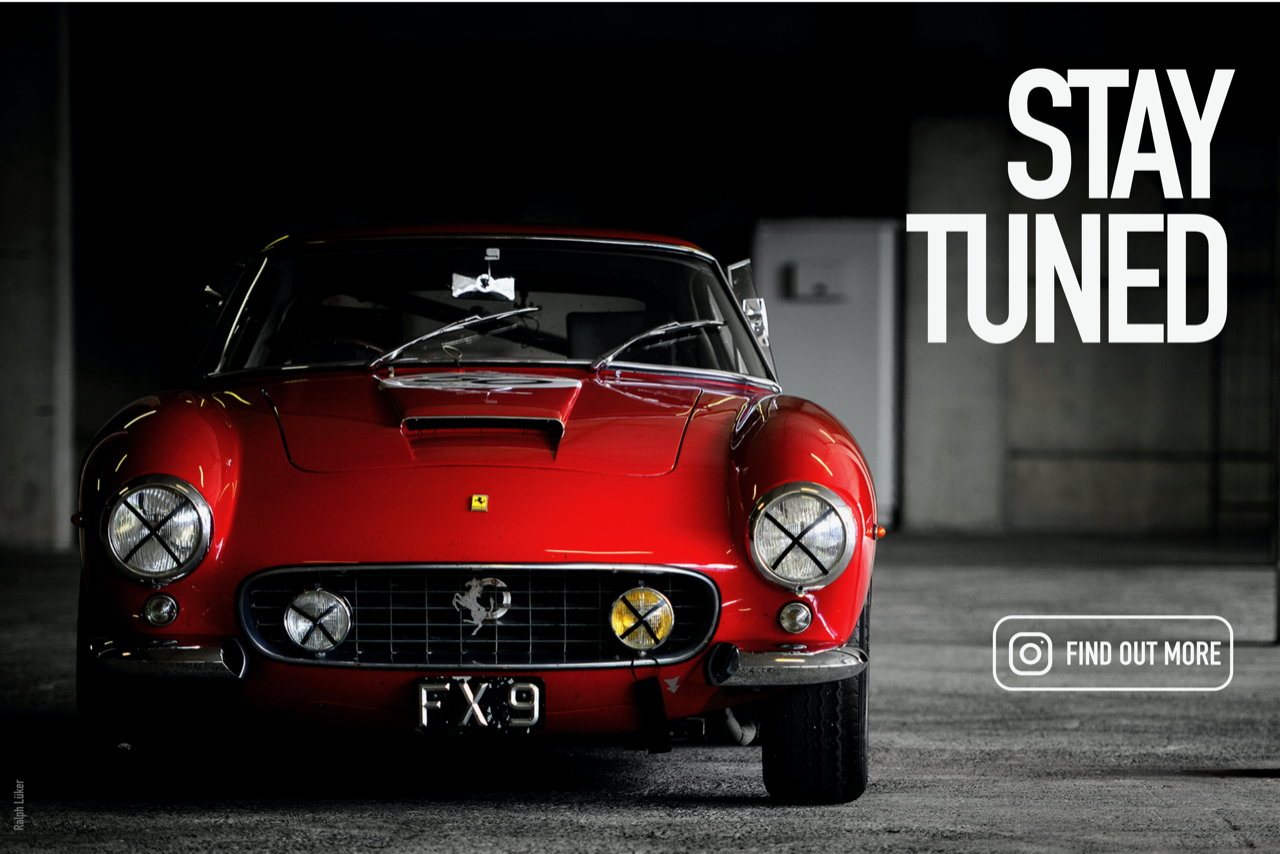The Loh Collection is one of the most impressive collections in the world. Recently we had the opportunity to interview Friedhelm Loh , the owner and founder of the „National Automobile Museum in Dietzhölztal / Germany.
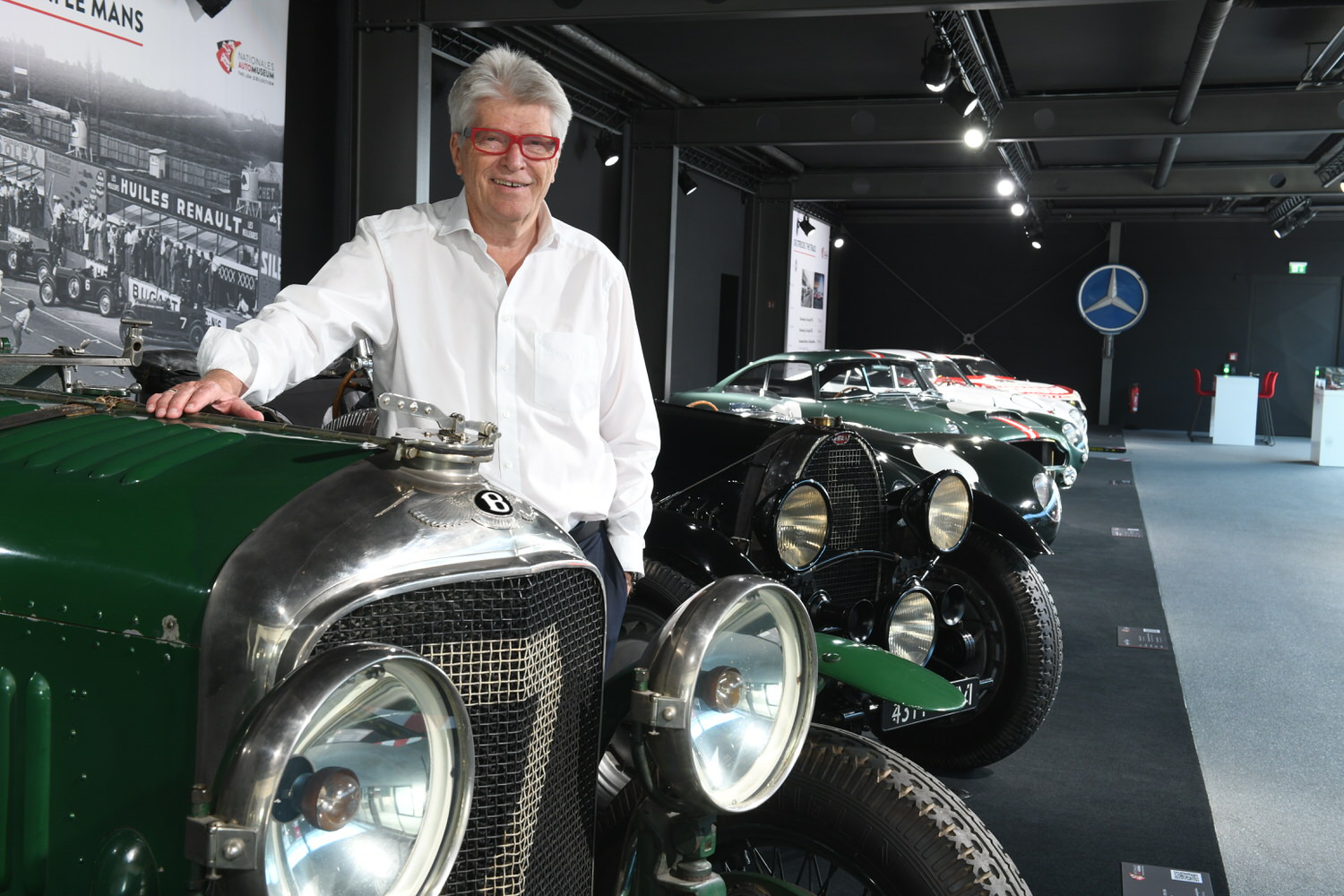
1. How did your love of classic cars begin?
My love of classic cars began when I was ten years old. My parents had a friend visiting who drove up in a brand-new Mercedes-Benz 190 SL, a silver roadster with a blue interior and whitewall tires. And he even had a chauffeur for the two-seater ! I was completely fascinated and looked at the car very closely, while the chauffeur made sure I didn’t get too close to the SL. Then I said to myself: “When I can afford it someday, I want a car just like that !”
In the mid-1980s, the time had come and I bought my first classic car, a 190 SL, of course. However, I bought with my heart and not with my head – the car was much worse than I had thought. Fortunately, I only had to pay a small price for my mistake and was able to resell the Mercedes without losing money. That was the beginning of my passion for collecting, and from that moment on, I took a very close look at every classic car I bought! Today, there is also a beautiful Mercedes-Benz 190 SL with silver paint and a blue interior in the National Automobile Museum – just like the car that started my love affair with classic cars.
2. Your passion for collecting has resulted in a unique museum—what are your plans for the Loh Collection?
We are very happy and grateful that we have already welcomed well over 200,000 visitors to the National Automobile Museum since it opened on July 23, 2023. And we are working hard to keep the museum attractive. After all, we want fans to come back a second or third time. Our changing special exhibitions on very specific topics play a decisive role in this. We started with a special exhibition marking the 100th anniversary of the 24 Hours of Le Mans with 21 original Le Mans race cars. Among the exhibits were several class winners, as well as the overall winner from 2004, an Audi R8 from the Japanese “Team Goh.” This car is the only Le Mans winner from Audi that is in a private collection.
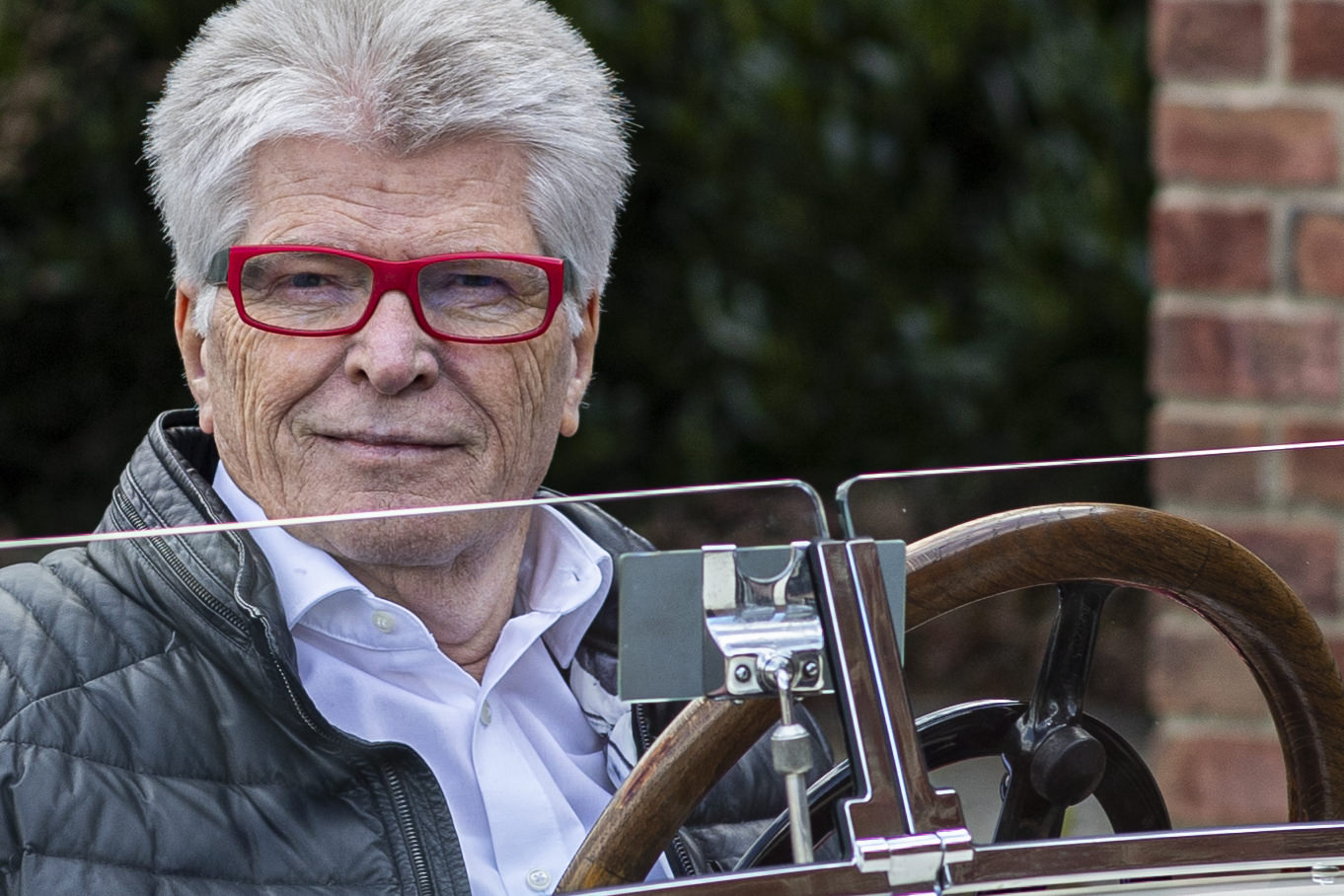
The theme for the second season was “Ferrari – Masterpieces for the Race Track and Road.” In addition to the famous “Big Five” consisting of the Ferrari 288 GTO, F40, F50, Enzo, and LaFerrari, we also displayed winning vehicles from famous road races such as the Italian Mille Miglia, the South American Carrera Panamericana, and the Targa Florio in Sicily. Another highlight was the Formula 1 race cars of Niki Lauda, Jacky Ickx, Lorenzo Bandini, and Kimi Räikkönen’s last Ferrari world championship car from 2007. We were even able to show record champion Michael Schumacher’s first and last Ferraris, with which the Kerpen native became world champion.
Our current special exhibition is dedicated to the theme of “75 Years of Formula 1.” The premier class of motorsport has been in existence since 1950. True to our educational mission, however, we also show the prehistory and start our journey through time with a Napier 100-HP, which was specially designed for the 1904 Gordon Bennett race. In 1906, the French “Grand Prix de l’ACF” marked the beginning of the Grand Prix era. Brands such as Alfa Romeo, Auto Union, Bugatti, and Mercedes wrote racing history in these pioneering years and competed in incredibly exciting and dramatic races that seem hair-raising from today’s perspective.
We are proud to be able to showcase the most important protagonists of this early Grand Prix era. For example, there is the original Bugatti Type 35 B, the winning car of the very first Monaco Grand Prix in 1929. Or the only surviving Alfa Romeo 16C Bimotore built in 1935, an almost uncontrollable powerhouse with one engine in the front and another in the rear. Incidentally, this car is the first design under the leadership of the legendary Enzo Ferrari. Another unique piece is the original Auto Union Type D from 1938 – there is no other vehicle like it ! In addition to the cars, the focus is of course also on the drivers: the racing cars of legendary world champions such as Fangio, Lauda, Hunt, Senna, Schumacher, Häkkinen, Räikkönen, and Hamilton are also part of this globally unique special exhibition.
In addition to the changing exhibitions, we are also planning other events such as the next “Day of Legends,” which is already in the starting blocks. We are looking forward to celebrating rally icon Walter Röhrl at the National Automobile Museum on December 13, 2025. We are also planning to hold a large auction at the museum on November 23. We have secured the renowned auction house Ni-Cola from Ladenburg as our partner for this event and will be auctioning off some very special items, many of them for a good cause. So, as you can see, we still have a lot planned and we are not running out of ideas !
3. The museum is much more than just an exhibition—what educational, social, and research projects are there?
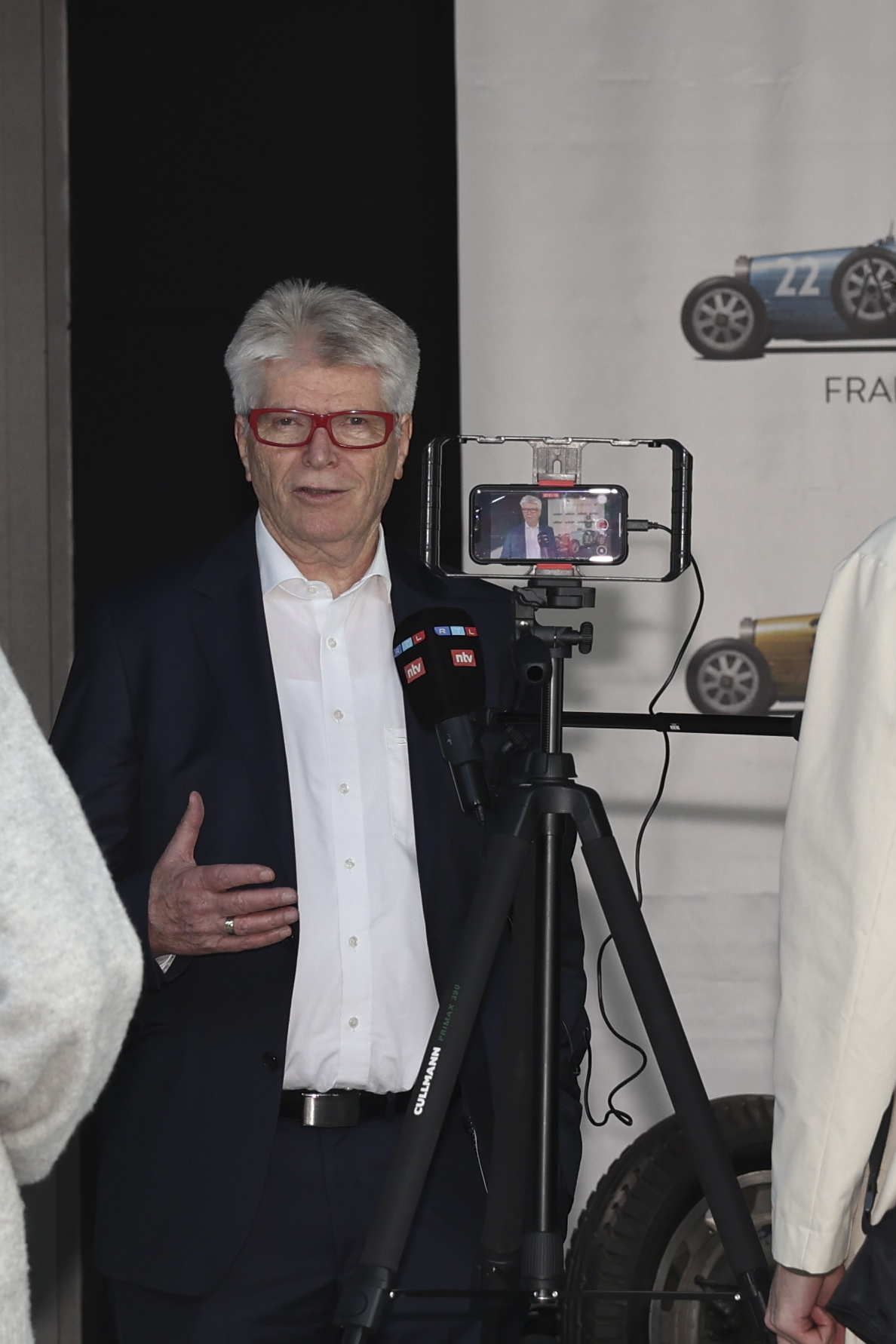 I have learned in my life how important it is to constantly educate yourself and open up new horizons. That’s why we want to fascinate visitors to the National Automobile Museum not only with spectacular vehicles, but also offer them the opportunity to learn new things and develop personally from the very beginning with our university campus. Our goal is to rekindle people’s enthusiasm for technology and, in particular, to spark interest in technical professions among young people.
I have learned in my life how important it is to constantly educate yourself and open up new horizons. That’s why we want to fascinate visitors to the National Automobile Museum not only with spectacular vehicles, but also offer them the opportunity to learn new things and develop personally from the very beginning with our university campus. Our goal is to rekindle people’s enthusiasm for technology and, in particular, to spark interest in technical professions among young people.
We regularly organize guided tours for school classes and are always delighted to see the enthusiasm our exhibits generate even among very young visitors. Perhaps one of the students will feel the same way I did when I saw the Mercedes-Benz 190 SL – who knows what wonderful passions and great careers will now have their starting point here at the National Automobile Museum ? It is crucial that children and young people are also able to get involved themselves, for example in the eight-hour course on “building soapbox cars.”
After a guided tour of the museum, the students apply what they have learned directly by designing and building their own car using pencils, cardboard, and tape. Of course, this is followed by a test drive!
Adult education is also a fundamental part of the National Automobile Museum. As the official university campus of the HfWU (University of Applied Sciences) Nürtingen-Geislingen, we offer a one-semester course entitled “Certified Expert for Historic Cars” under the academic direction of Prof. Dr. Jochen Buck. Here, automotive enthusiasts can acquire the necessary expertise to evaluate classic cars. Another collaboration exists with Prof. Wolfgang Henseler, one of the leading design professors at Pforzheim University. He teaches a course on automotive design at the university campus and certifies graduates as “Certified Experts for Car Design.” Like the museum as a whole, the university campus is constantly evolving and is set to be expanded even further in the future. We will soon have our own professorship on campus, and students from Nürtingen-Geislingen University will be visiting us regularly and, in the future, will also be writing their bachelor’s and master’s theses here. Our extensive archive will certainly help them in this endeavor.
4. How do you see the development and significance of classic cars against the backdrop of current mobility issues?
Classic cars offer a virtually inexhaustible source of fantastic design ideas and creative technical solutions. That is why they are an inspiration and motivation for the mobility of today and tomorrow. Mobility is constantly changing, and every era of automotive history has its own challenges and achievements. I think it’s important to look back at the past and learn from it in order to understand and shape the future. Historic cars not only inspire with their unique design and innovative technology, they also reflect the spirit of their time. That’s why classic cars are much more than just a nice hobby or an investment. They are an important cultural asset and also ensure the survival of craft traditions and historical knowledge. And, of course, classic cars are simply fun. Not only for their proud owners, but also for other road users. Every classic car driver knows how much joy it brings to put a smile on other people’s faces with a classic automobile.
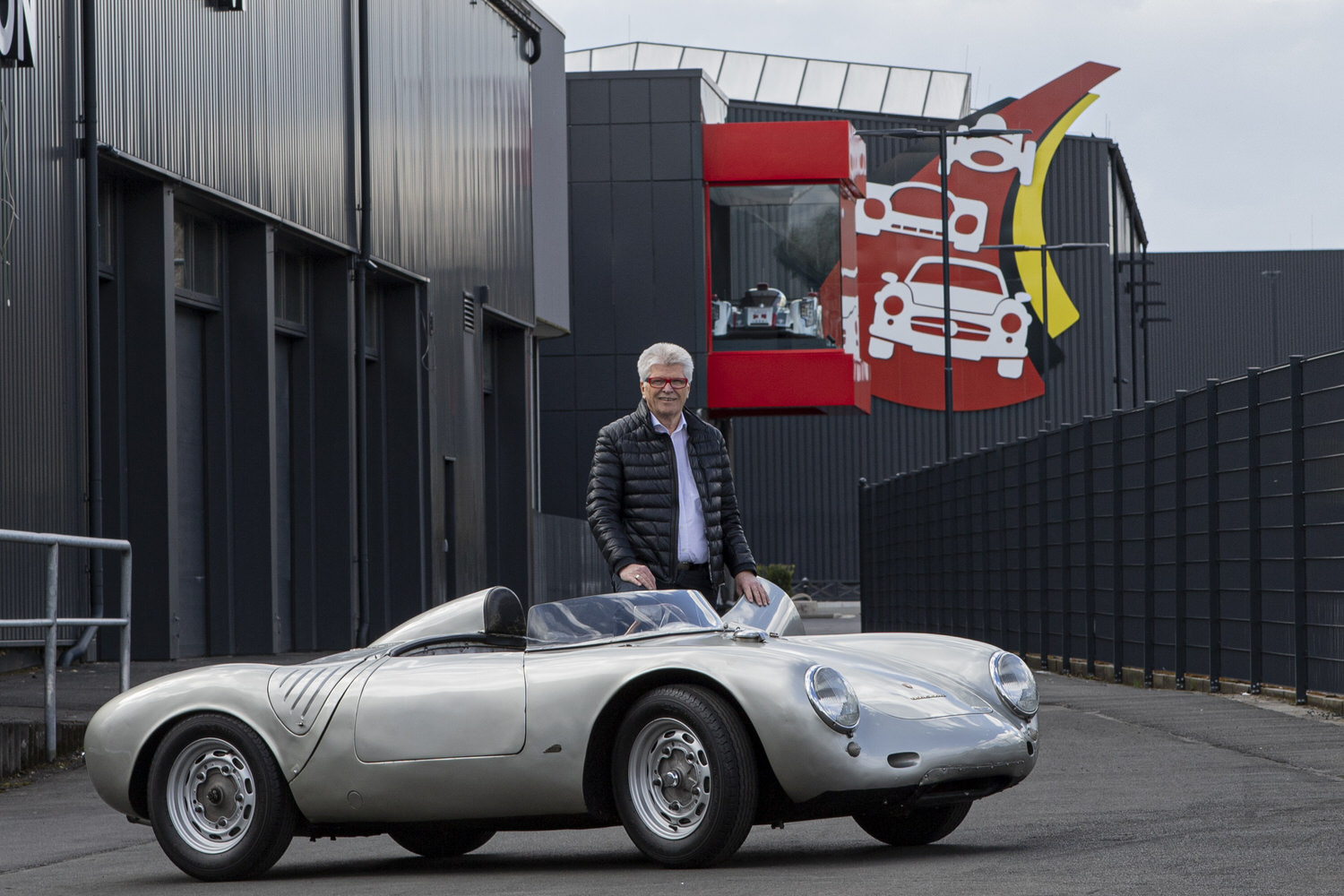
5. What are your three favorite cars?
That’s really hard to say, because I love all my cars. Otherwise, they wouldn’t be here ! But if I really had to part with my entire collection, the Bugatti Type 35 B with chassis number 4914 would be the last car I would give up. Englishman William Grover-Williams won the very first Monaco Grand Prix in 1929 with this car. At that time, the Bugatti was painted in the British racing color green. Shortly afterwards, an Italian owner repainted it in the national color red, and in 1930 the car was finally painted in French blue. Almost 100 years later, all these layers of paint are still intact, which makes this car an invaluable historical artifact for me. In the 1950s and 1960s, fanatical Bugatti collector Fritz Schlumpf wanted to buy this Type 35 B at any price and reportedly even offered the owner at the time a blank check! But he refused and remained loyal to his Bugatti for over 50 years. The fact that this car is now part of the National Automobile Museum’s collection is still unbelievable to me!
Thank you very much for the interview, Mr. Loh.
More details of the museum can be found here: https://www.nationalesautomuseum.de
Photos: Friedhelm Loh Group

